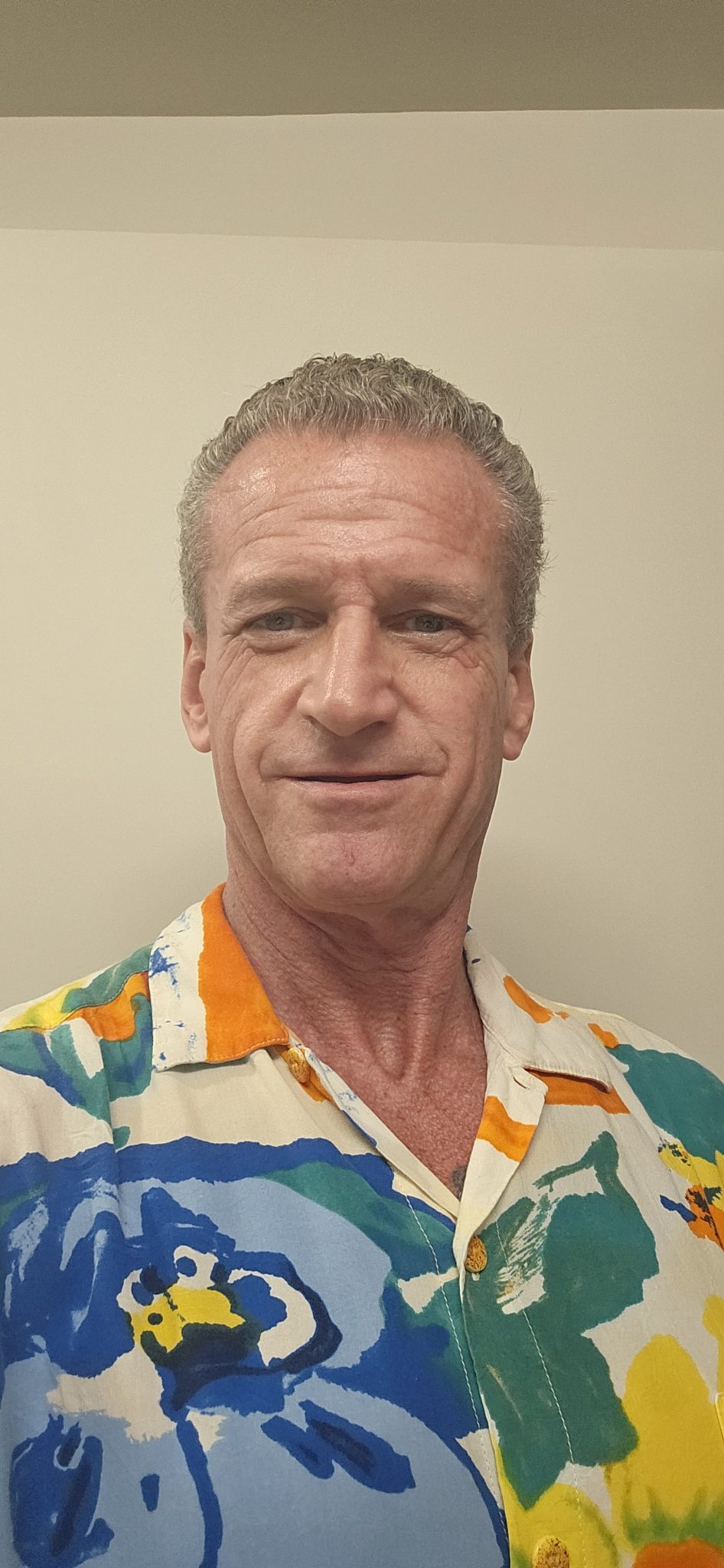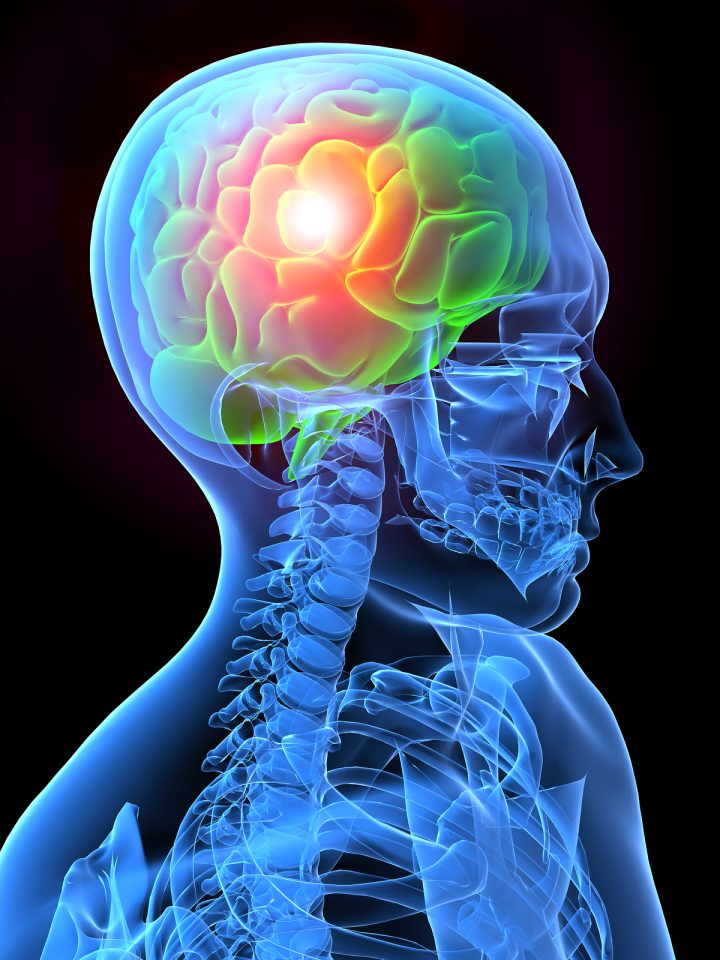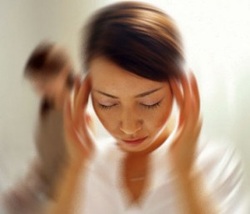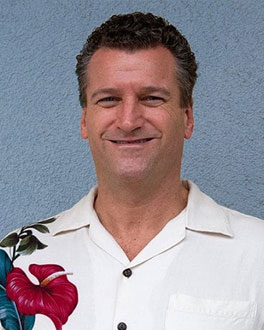
Honolulu vertigo relief is now within reach of many people thanks to upper cervical chiropractic care. But before we talk in detail what this natural care does and how it can help you, first things first—what are the conditions that cause vertigo?
Vertigo can come about due to many health conditions, which is why this symptom is too familiar for most patients. Positional vertigo is the leading diagnosis for vertigo patients. Unfortunately, some people never get to know the underlying cause of their vertigo.
In this blog, we are going to check out some of the disorders that cause vertigo and their accompanying symptoms. Then we will throw some light on the benefits of upper cervical chiropractic and why it is an effective method to get Honolulu vertigo relief.
What Conditions Bring About Vertigo?
When you complain of vertigo, your doctor will look at many possible conditions as the source. If vertigo is the main symptom you experience, the following can be your diagnosis:
1. Positional Vertigo
Also called benign paroxysmal positional vertigo (BPPV), this is the most common form of vertigo. It occurs when calcium crystals get loose in the inner ear and move to an area where they should not be. Vertigo due to BPPV sets in when a person changes head position. It lasts for a couple of minutes.
2. Meniere’s Disease
Although a rare condition that only affects 0.2 percent of Americans, Meniere’s is one of the more detectable disorders that bring vertigo. Vertigo due to Meniere’s is severe and can last all day. The attacks are often at least 20 minutes long. Besides vertigo, Meniere’s involves a feeling of congestion in the ear, tinnitus (ringing in the ears), and partial hearing loss.
3. Mal de Debarquement
This is a French phrase that means “illness of disembarkation.” As its name suggests, this condition occurs following a plane flight, cruise, or other sustained motion activities. It can cause persistent swaying, rocking, or bobbing sensation. For instance, you may get a continued feeling of swaying after being on a boat for hours or false sensation of movement after getting off a rollercoaster. The feeling may hang on for hours, days, or even longer.
4. Labyrinthitis
Labyrinthitis is the inflammation of the labyrinth, the bony part that houses the inner ear. It occurs when bacteria get in the inner ear, often following a viral infection such as flu or cold. Labyrinthitis causes vertigo, nystagmus (uncontrollable jerking of the eye), tinnitus (ringing in the ear), loss of hearing, nausea, and vomiting.
5. Vestibular Neuritis
Similar to labyrinthitis, vestibular neuritis develops due to inflammation from a viral infection, but the part it affects is the vestibular nerve. A virus causes the inflammation of the nerve, resulting in vertigo and its related symptoms. The vestibular nerve coordinates signals from the inner ear to the brain. It helps control the body’s balance. Vestibular neuritis usually resolves within several weeks.
6. Cholesteatoma
The growth of skin in the middle portion of the ear, at the back of the eardrum. It can happen due to a congenital disability or repeated infections. Its continuous growth can damage the ear, resulting in hearing loss, dizziness, or vertigo.
Vertigo Symptoms Can Improve Through Upper Cervical Care
In many cases, vertigo develops following a head injury. No wonder many patients in case studies have a history of either head or neck trauma. These injuries can lead to a misalignment in the bones of the neck, which causes vertigo.
Here are the ways an upper cervical misalignment results in unpleasant issues in the overall health of the body:
Impaired ear function
When either of the topmost bones of the neck (C1 or C2 vertebra) misaligns, it affects the nearby soft tissues which help in keeping the proper balance of the head. As a result, the restriction of the structures of the ear ensues. For example, the eustachian tubes may no longer properly drain the excess fluid away from the ears. Due to this, vertigo can arise.
Mistranslation of signals by the central nervous system
Another possible result of an upper cervical misalignment is the malfunction of the brainstem and limitation of blood flow to the brain. These, combined with other issues, can cause the central nervous system to mistranslate signals from the ears and other parts of the body that control balance. When signals about balance and spatial orientation from these parts do not match, vertigo can quickly develop.
Upper cervical chiropractic adjusts the misaligned bones to restore the normal function of the delicate parts of the central nervous system. Those with a history of neck or head trauma are the perfect candidates for this form of natural therapy.
Honolulu Vertigo Relief Through Proper Spinal Alignment
If chronic bouts of vertigo have been your life problem, we encourage you to visit us here at Upper Cervical Hawaii. Our exact location is at 1600 Kapiolani Blvd. Honolulu, Hawaii. You can call 808-201-1324 or send us a message beforehand to set an appointment with Dr. Breuwet.
We look forward to seeing you regain control of your balance and break free from vertigo.
To schedule a consultation with Dr. Breuwet, call our Honolulu office at 808-201-1324. You can also click the button below.
 If you are outside of the local area you can find an Upper Cervical Doctor near you at www.uppercervicalawareness.com.
If you are outside of the local area you can find an Upper Cervical Doctor near you at www.uppercervicalawareness.com.





